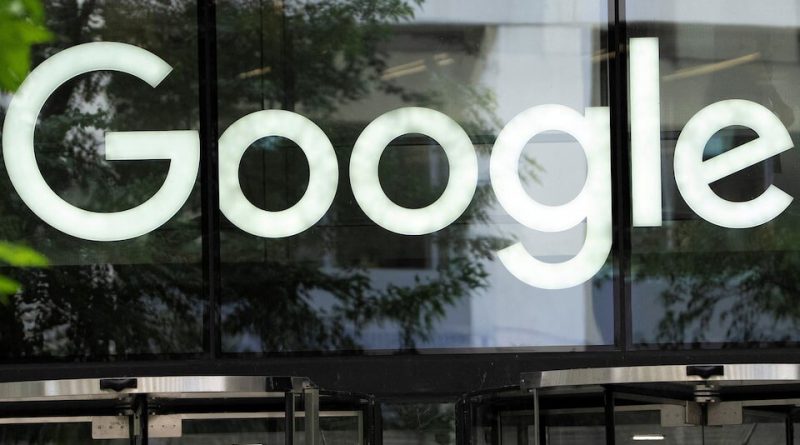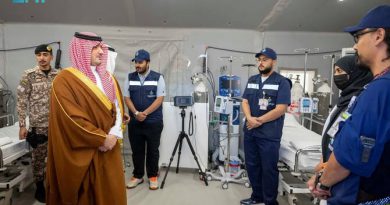Google Powers Midwest Data Centers with Carbon Capture
Google partners with Illinois carbon capture plant to power Midwest data centers sustainably and cut emissions.
Google is making a bold move in sustainable energy by signing its first corporate agreement to purchase electricity from a U.S. natural gas power plant equipped with carbon capture and storage (CCS).
This landmark deal, which will supply power to Google’s data centers in the Midwest, highlights the company’s commitment to clean energy innovation and demonstrates how advanced technologies can help meet growing electricity demands while reducing carbon emissions.
With the rapid expansion of data-driven technologies such as generative artificial intelligence, securing reliable, low-emission power has become a critical priority, and Google’s latest initiative provides a promising blueprint for the future of sustainable corporate energy procurement.
The 400-megawatt Broadwing power plant will be developed in Decatur, Illinois, by privately held Low Carbon Infrastructure.
The facility is designed to capture approximately 90% of its CO2 emissions and store them permanently underground, a process that turns natural gas power generation into a low-carbon energy source.
This innovative approach is expected to be operational in the early 2030s and represents one of the first examples of a major technology company directly supporting commercial-scale carbon capture projects.
Google’s participation underscores the growing role of corporate partnerships in accelerating the deployment of climate-friendly energy solutions.
Carbon capture and storage has long been promoted by the International Energy Agency and the Intergovernmental Panel on Climate Change as a critical tool for reducing emissions from fossil fuel-based power and heavy industry.
Yet, practical applications have been limited, and critics often raise concerns about cost, scalability, and long-term reliability.
By investing in Broadwing, Google and Low Carbon Infrastructure aim to demonstrate that CCS can be commercially viable today while providing a clean, reliable energy source to support high-demand operations such as data centers.
Jonathan Wiens, CEO of Low Carbon Infrastructure, emphasized that the project proves CCS can be scaled effectively and deliver meaningful emissions reductions while supporting economic development.
The Broadwing project will be built at an existing industrial site operated by agribusiness giant Archer Daniels Midland (ADM), which has prior experience in underground carbon storage from ethanol production.
This strategic location enables the new plant to leverage existing infrastructure and expertise in CO2 injection, enhancing both efficiency and environmental safety.
Carbon will be stored permanently in wells located 5,000 to 7,000 feet underground, ensuring long-term containment while contributing to broader climate goals.
In addition to powering Google data centers, ADM will have the option to purchase electricity from the facility, creating a mutually beneficial energy ecosystem in the Midwest.
Construction of the Broadwing plant is expected to last four years, generating approximately 650 union labor jobs and an additional 100 positions in construction management and support.
Beyond economic benefits, the project is poised to serve as a model for integrating innovative technologies into traditional energy systems.
Google and Low Carbon Infrastructure have already signaled plans to explore additional CCS facilities across the United States, which could further advance low-carbon energy solutions and inspire other corporations to adopt similar initiatives.
Michael Terrell, head of Advanced Energy at Google, highlighted the significance of this partnership for around-the-clock clean energy solutions.
“We’ve been really focused on advancing all these new technologies for continuous clean energy, and this is an important piece of the puzzle,” he said.
By supporting CCS, Google is addressing a critical gap in renewable energy availability: the need for reliable power 24/7.
The project exemplifies how private companies can take an active role in developing energy infrastructure that balances environmental responsibility with operational needs.
The Broadwing plant will feed electricity into the Midcontinent Independent System Operator (MISO), which covers 15 states in the U.S. Midwest, including multiple Google data centers.
By doing so, it will enhance grid reliability and provide a stable energy supply for the rapidly growing digital economy.
The project demonstrates that collaboration between technology companies, energy developers, and industrial operators can accelerate the transition to low-carbon energy while simultaneously supporting regional economic growth.
Google’s investment in carbon capture-powered electricity represents a forward-thinking approach to sustainable operations.
It provides a real-world example of how large corporations can leverage their purchasing power to promote innovation, reduce carbon emissions, and help build the next generation of energy infrastructure.
By pioneering this model, Google is sending a clear signal to other tech giants and energy consumers: responsible energy solutions that support both environmental and economic goals are achievable today.



